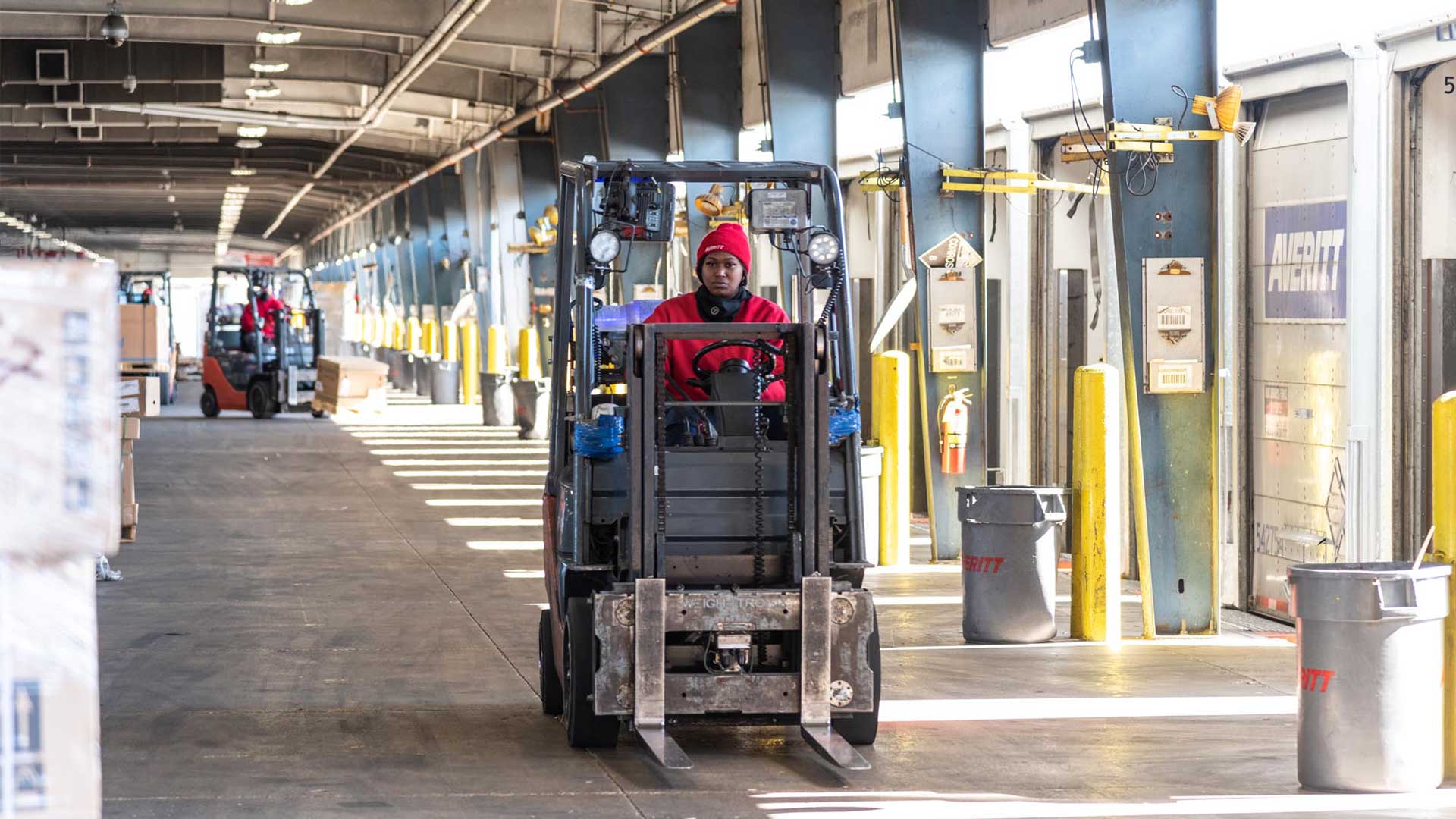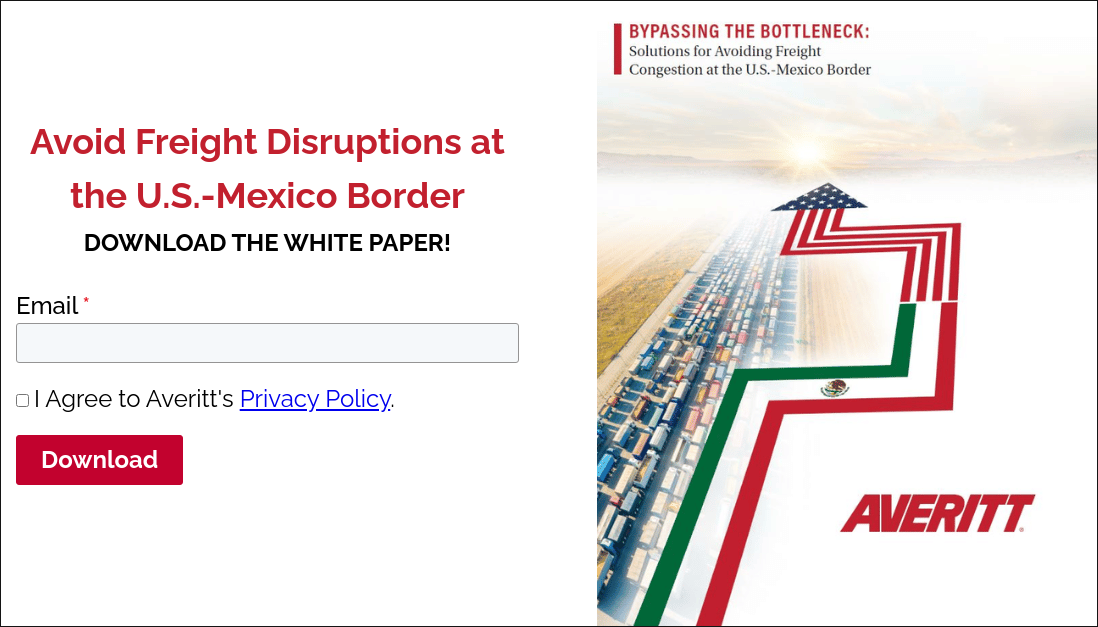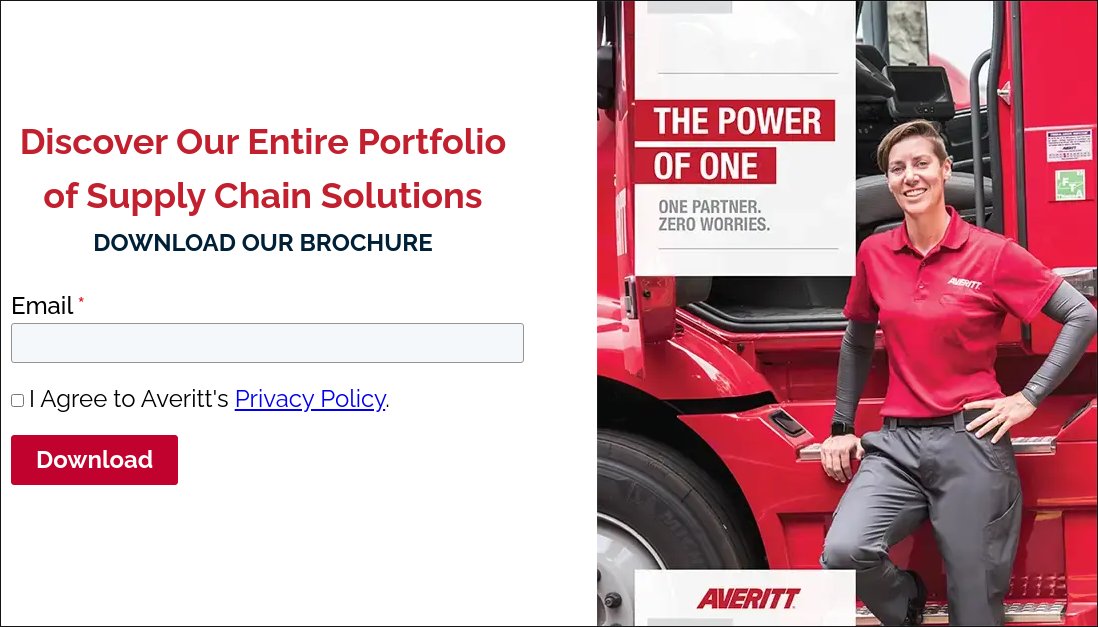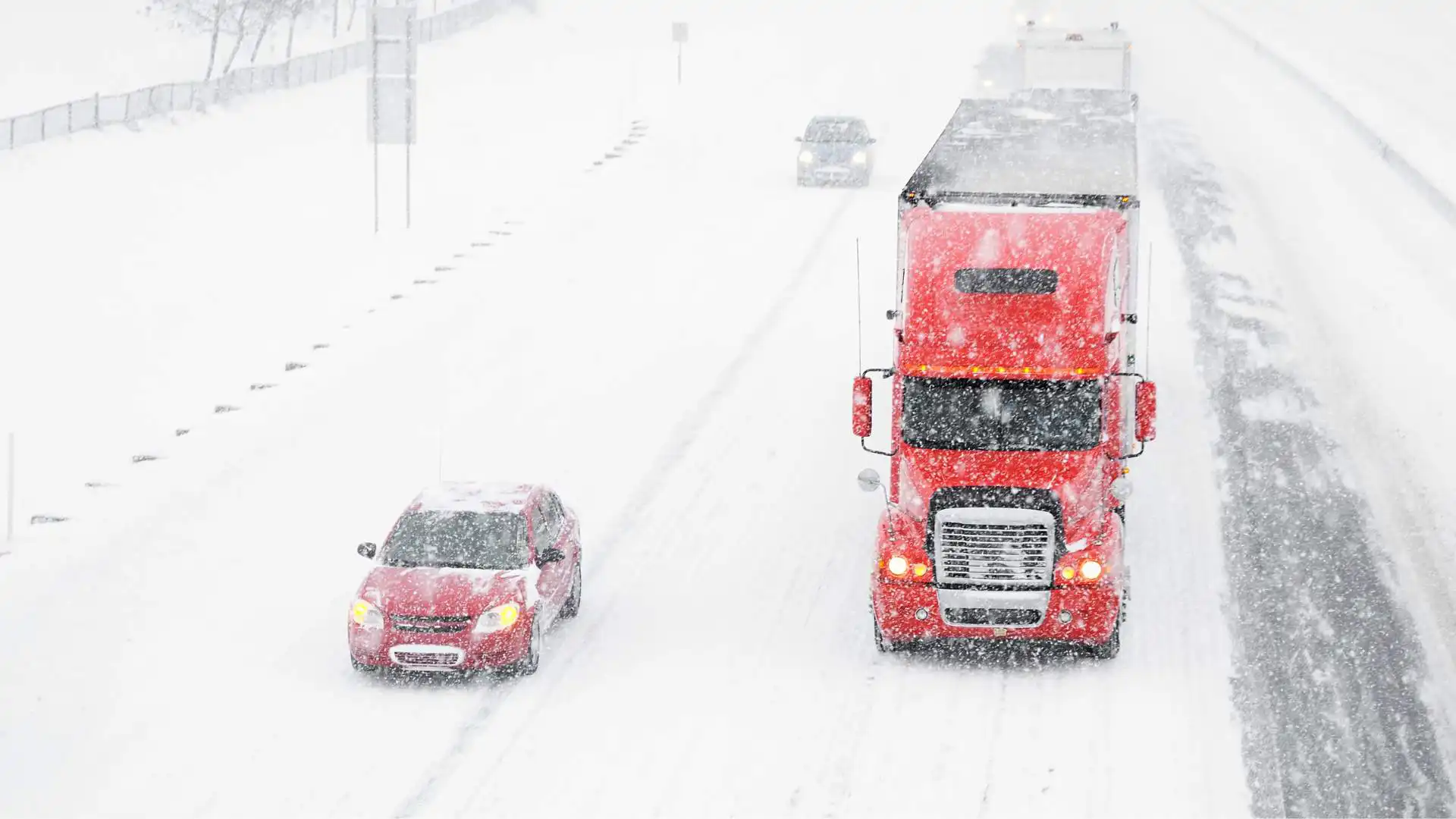When it comes to volume shipments, distribution can become complex. From managing multiple pickup and delivery points across less-than-truckload and truckload operations, finding ways to increase efficiency and reduce overall costs is an achievable goal. Utilizing cross-docking services is a prime example of how shippers can find ways to save time, money, and paperwork.
What Is Cross-Docking?
Cross-docking is a supply chain strategy that involves moving — also known as transloading — freight from one trailer (or cargo container) to another. Typically, cross-docking is performed at a truck terminal, warehousing facility, or distribution and fulfillment center.
The primary purpose of this strategy is to reduce the amount of time that freight is kept in transit and in storage. Perfectly executed, shippers can reduce their transit times and save money in the long haul.
How Does Cross-Docking Work?
There are several different scenarios where cross-docking can help create a winning supply chain. In most cases, big financial savings can be found by reducing warehousing and avoiding demurrage fees associated with international forwarding and intermodal service cargo containers.

1.) Transloading Near A Sea Port
When cargo containers are picked up from a port, also known as drayage services, the shipper essentially pays rent for the time that the container is outside of the hands of the shipping line. If the container is not returned to the port within a specified timeframe, the shipper may begin to accrue additional detention and per diem, or demurrage, fees.
These fees can quickly eat into an operational budget, especially when uncontrollable events, such as a truck breakdown, inclement weather, and supply chain disruptions, occur. Additionally, the further inland that a container is drayed will also increase the potential for incurring demurrage fees.
Cross-docking services can be employed near seaports to allow drivers to quickly pick up and return the container. By cross-docking near a port, shippers can quickly transfer cargo into a traditional trailer and allow the driver to return the container back to the container yard.
Averitt offers quick access to asset-based cross-docking near every major sea port and inland port in the USA, including Charleston SC, Houston TX, Jacksonville FL, Mobile AL, and Savannah GA.
2.) Deploying A Pool Distribution Strategy
When it comes to delivering LTL freight across multiple locations and markets, a pool distribution strategy can be utilized to reduce overall mileage costs. This strategy involves cross-docking multiple LTL shipments into full truckloads.
For example, a company in Texas may ship to multiple locations in North Carolina. Rather than shipping multiple LTL bills, the shipper could utilize a nearby cross-dock warehouse or facility to consolidate the shipments into one full truckload. This would reduce the number of bills in transit at a given time, therefore also minimizing the chance of freight becoming lost. Cross-docking smaller shipments into truckload shipments can also save shippers money in the sense that they are buying capacity in bulk.
When the full load reaches a target market that has multiple delivery points, the freight can then be deconsolidated back into LTL shipments and cross-docked to multiple trailers for final delivery.

3.) Cross Docking Along The Border
With the increasing amount of freight that passes across the borders between Canada, Mexico, and the U.S., simplifying the transportation process can be extremely beneficial to shippers.
Many automotive parts manufacturers, for example, have plants in Mexico that supply multiple locations across the U.S. When shipping freight northbound across the border, cross-docking can be used to move freight from a full-load trailer to multiple LTL trailers for distribution across the U.S.
At the same time, the inverse can occur if multiple Mexican plants are shipping to singular points in the U.S. In this case, northbound LTL shipments could be consolidated at a distribution center along the border in the U.S., and then transloaded into a full truckload trailer for final delivery.
Averitt's distribution centers in Laredo TX, Harlingen TX, El Paso TX, and Chicago IL, and Winchester VA can handle large volumes of cross-border freight that can benefit from cross-dock services.
On occasion, a trailer may not be loaded correctly or even exceed weight limits. When this occurs, drivers will need to ensure that their trailers are safe before moving further. Cross-docking facilities can be used to bring in forklifts to rearrange freight in accordance with the delivery schedule. In the event of a trailer that is overweight, freight can be removed and transloaded to another trailer to meet legal requirements.
With more than 100 service and distribution centers across the inland U.S., near ports and along the border, Averitt can provide cross-docking services at critical supply chain points. Additionally, Averitt's robust LTL and truckload distribution networks provide enhanced delivery capabilities that can accommodate any need.















